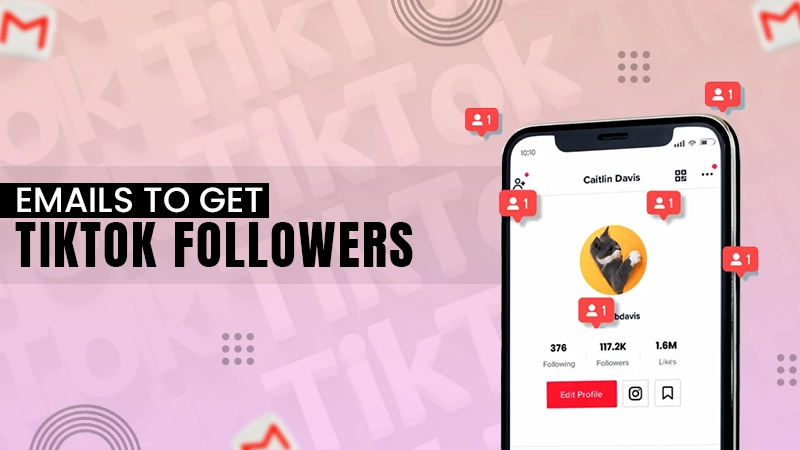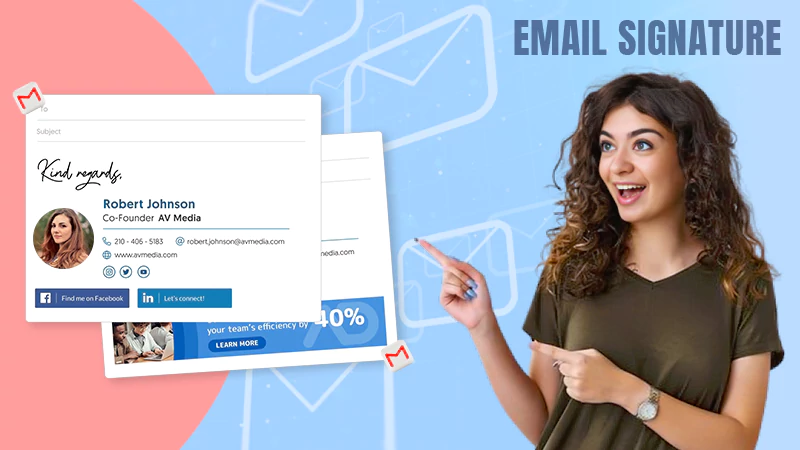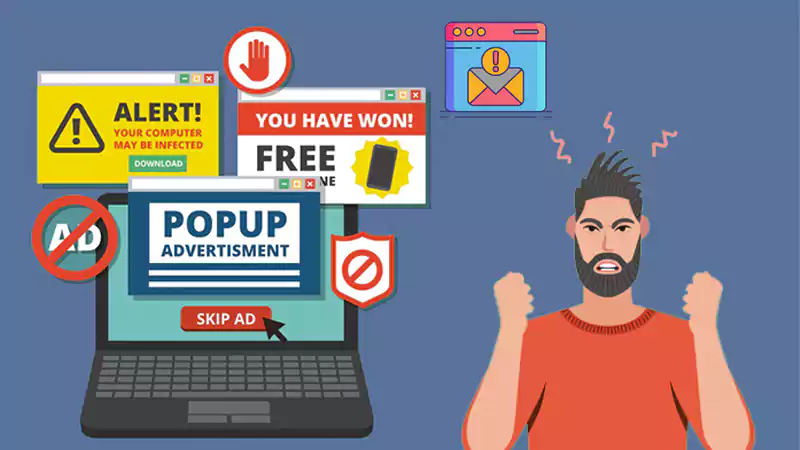It’s a constant battle in business. It’s the battle of professional versus casual. Professionalism was the norm in the “good old days”, decades ago. Even casual conversation among friends was best kept outside of work hours. It’s much easier to maintain a work-life balance when you have a 9-5 job and don’t work overtime.
Nowadays, casual is more popular than formal. Employees will be loyal to bosses who can make friends and communicate casually. Casual communication is the foundation for most advertising, even the more bizarre. You can receive friendly mail from delivery, get a couple of sympathetic help offerings after googling “do my English assignment”, find the cutest promo for socks in spam. No wonder all of this made us even too casual.
Professionalism should prevail in professional email communication, and Email Design which is where it most often does. For clarity and professionalism, it is better to be formal in customer-facing communications, inter-departmental communication, or any one-to-one emails. Email exchanges can be too casual and result in nothing being accomplished or communicated. This can lead to wasted time and frustration for everyone.
Here are ten tips to help you be more professional in your email communications.
1. Spelling and Grammar Tests
If you want your communication to be professional, the most important thing is to run grammar and spelling checks before you send it. All devices, including phones, IM clients, and email clients, as well as word processors, have spell-checking built-in.
Spellchecks can’t catch all the details. It is possible to spell a word incorrectly, but not be wrong. Grammar checks can catch most of this. You can crank up the settings of any program to catch as many errors as possible. You can fix errors and learn from them so that you don’t make the same mistakes in the future.
2. Don’t Overuse Punctuation
Your emails will look worse the more punctuation that you use. You don’t need more than one question mark, one exclamation marker, one period, and one comma. There is no need to use multiple symbols in the same line.
People who use punctuation too much can come across as emotional. The exception is the three dots guy who seems out of control all the time.
3. Eliminate the Word “Just”
“Just” refers to a word that reduces or negates what you are doing or asking for. Sometimes, that’s fine. For a call-to-action, “We just need to your email address” is fine. The word reduces the amount of information you are asking for. Users feel more comfortable opting in because they know that you won’t ask for too many details.
Writing will be more confident if you drop the word “just”. Your needs and requests are presented and answered without self-deprecation or self-minimization. This kind of professionalism boosts your communication tremendously.
4. Take Into Account the Context
What is the context for the message that you are sending? It is important to maintain a professional level appropriate for communication. Blog posts can be casual. A casual email to a customer about a non-problem problem can be quite casual, provided that the customer is upbeat and casual. To avoid offending an angry customer, a professional message should be written.
5. Avoid the Ten Dollar Words
One unenviable thing that is often seen in professional communications is the insistence on using a lot of languages that very few if any, people use in their everyday lives. It is generally a good idea to limit the use of obscure language when more common verbiage will suffice. Unrestricted language does not make one appear professional. Instead, it can cause them to seem out of control in terms of intelligence.
6. Break Up the Information
It is frustrating to get a reply back with a simple question such as “Do you want me to do A, B, or C?” in business communications. This is because many people simply skim their emails and send back the simplest responses.
It is much easier to break down your emails into smaller sections than long paragraphs. Each paragraph should focus on a single point, answer a single question, or provide a single piece of information. That’s all.
7. Make Use of Your Formatting Options
Rich text formatting is available in email clients as well. Bold text can be used to highlight a special point or to make sure that you are grammatically correct. Underline specific information if you want it to stand apart, especially dates that will be referred to later.
Actual links can be used instead of simply copy-pasted plaintext hyperlinks. This type of formatting option makes your emails appear more organized and professional.
Don’t overdo it. You should limit the amount of formatting in an email to the most important pieces of information. It is as harmful to overuse punctuation as it is to use formatting.
8. Include a Relevant Signature
Some people use email signatures too much, while others are less likely to use them. A good signature contains just enough information that is useful but not too much to make it unwieldy. It is absurd to believe that a single-sentence email and four-line signature can go together.
To me, a good signature should include name, title, contact information. This is a good signature for all purposes. For messages that you send to friends and family who are familiar with you, you can remove the signature. For messages to other people, such as those you work for or with different contact information, you can use a different sign-off.
You can find a lot of information about email signatures, simply click here.
9. Use Templates
You may encounter messages that you have sent over and over in some cases. Perhaps it is a notification to all departments for a weekly meeting. It confirms the time and place. Perhaps it is a customer service question. For those who are IT professionals, it might be a simple task such as a password reset. It doesn’t matter what case it might be, you can save time and hassle by creating a template and filling out the information as you send it.
Templates aren’t more professional than email emails. You can modify the template to achieve the attitude you desire, then you can use it. You won’t make mistakes if you use a template. It is best to type it once and then double-check it before you send it.
10. Timing is Everything
Timing is an important aspect of professional email communication. Unprofessional behavior includes sending a message too soon or too late in the day. It is not professional to reply to messages hours later. Keep your email inbox clean, reply to all messages as quickly as possible, and update people who have questions or tasks that may take longer.
















